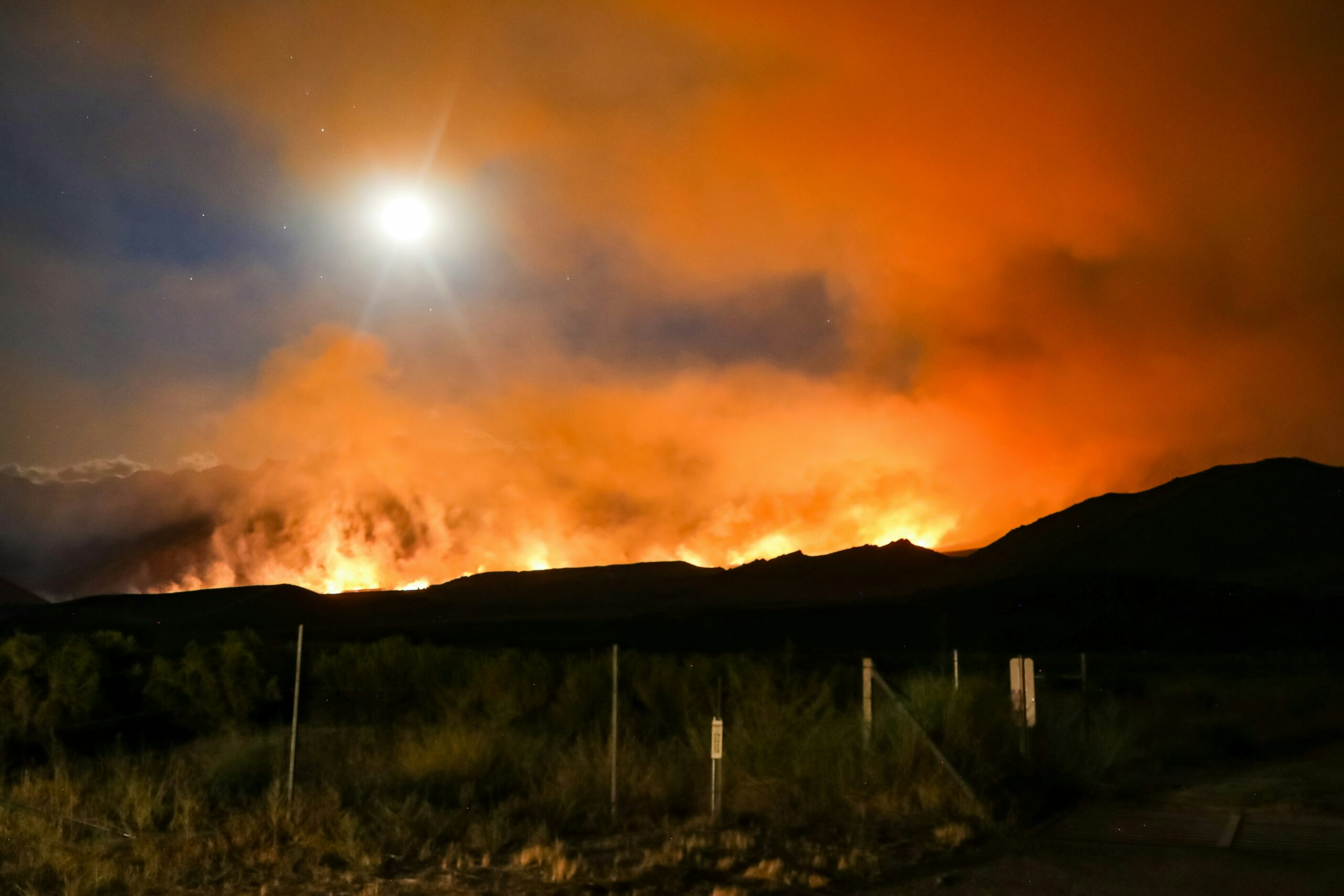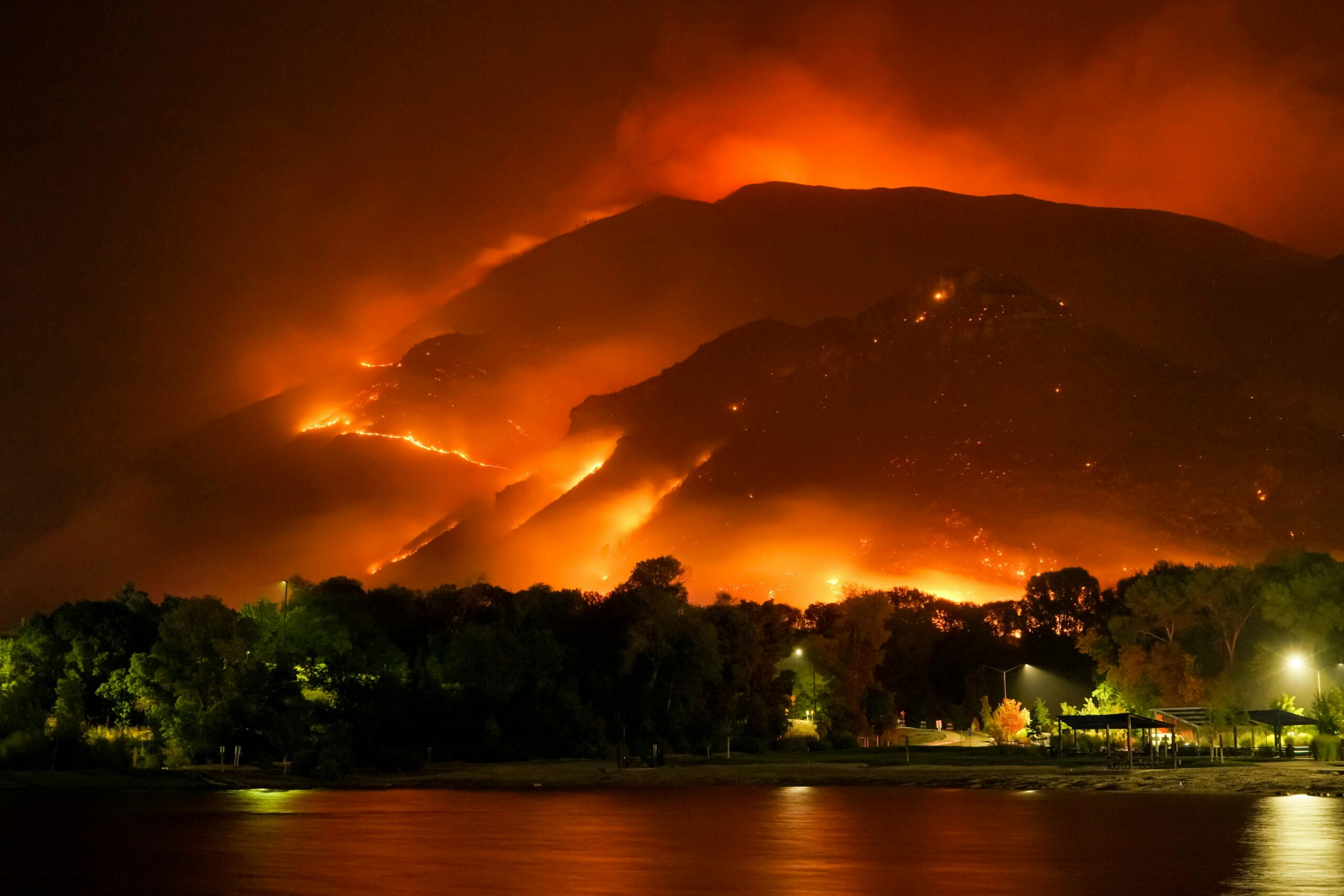California’s picturesque landscapes, like those found in Topanga, come with an often overlooked risk: wildfires. For homeowners in these areas, finding affordable and comprehensive home insurance can be a daunting challenge. However, recent proposals by the California Department of Insurance aim to make this process more manageable. This blog post explores the current landscape of home insurance in high-risk wildfire areas, the potential impact of new regulations, and what homeowners need to know about the California FAIR Plan.
The Challenge of Insuring Homes in Wildfire-Prone Areas
Wildfires are a constant threat in many parts of California. Recent years have seen devastating fires that have led insurers to become wary of offering policies in high-risk areas. Homeowners in places like El Dorado, Placer, and Nevada counties often face higher premiums, limited coverage options, or outright denial of coverage. As a result, many are forced to rely on the California FAIR Plan, which acts as the insurer of last resort.
The California FAIR Plan: A Safety Net for Homeowners
The California FAIR Plan provides basic fire insurance coverage for those who cannot obtain it through traditional means. While it offers essential protection, it lacks the comprehensive coverage found in standard homeowners’ policies. The plan is often more expensive and comes with higher deductibles, making it less than ideal for many homeowners. Despite its drawbacks, the FAIR Plan remains a crucial resource for those in high-risk wildfire zones.
New Proposals to Ease Insurance Availability
In an effort to improve the availability of home insurance in wildfire-prone areas, the California Department of Insurance has introduced a new plan. Announced by Insurance Commissioner Ricardo Lara, this proposal aims to incentivize insurance companies to write more policies in high-risk areas. Here’s how the plan works:
- Commitment to Policy Writing: Insurance companies will be encouraged to commit to writing a certain number of policies in high-risk areas. Alternatively, they can increase their existing policy count in these areas by at least 5%.
- Use of Predictive Models: In exchange for their commitment, insurers will be allowed to use computer models to predict future losses when requesting rate changes. Currently, insurers must base their rate change requests on the past 20 years of claims data, a method considered outdated by many in the industry.
- Accountability and Verification: The Department of Insurance will verify that companies meet their commitments, holding them accountable to ensure they follow through with their promises.
Impact on Homeowners
For homeowners in high-risk areas, these changes could mean more options and potentially lower costs for home insurance. By allowing insurers to use predictive models, the state aims to make the insurance market more attractive to companies, encouraging them to offer more policies in wildfire-prone zones.
However, the proposal has its critics. Consumer advocates like Carmen Balber of Consumer Watchdog express concerns about potential loopholes that might limit the effectiveness of these reforms. There is also worry about the timeline, as insurers have two years to meet their commitments.
What Homeowners Can Do Now
While the proposed changes are promising, they are not yet in effect. The regulatory review process is ongoing, and the proposal is expected to be implemented next year at the earliest. In the meantime, homeowners can take several steps to protect their properties and ensure they have the best possible insurance coverage:
- Mitigate Risk: Implement fire-resistant landscaping, clear brush, and maintain a defensible space around your home to reduce the risk of fire damage.
- Review Policies: Regularly review your current home insurance policy to understand what is covered and consider additional endorsements if necessary.
- Explore Options: Even if you rely on the California FAIR Plan, shop around and explore other insurance options that may become available as new regulations take effect.
- Stay Informed: Keep up with updates from the California Department of Insurance and participate in virtual hearings and public discussions about the proposed changes.
Conclusion
Navigating home insurance in California’s wildfire-prone areas is challenging, but recent proposals by the Department of Insurance offer hope for improved availability and affordability. Homeowners should stay informed, take proactive steps to mitigate risks, and be prepared for changes in the insurance landscape. By doing so, they can better protect their homes and ensure they have the coverage they need in the face of wildfire threats.




Leave a Reply